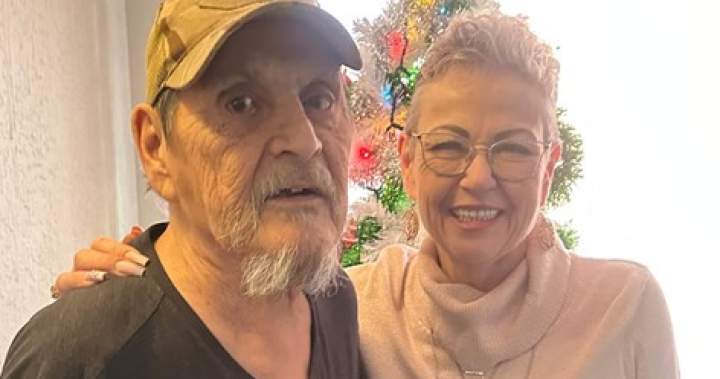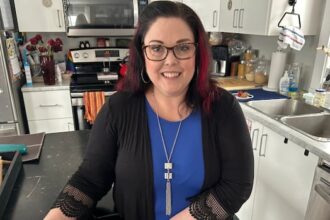In a landmark move reflecting growing cultural sensitivity, the Saskatchewan Health Authority (SHA) has introduced a comprehensive policy requiring healthcare providers to obtain explicit consent before cutting or touching Indigenous patients’ hair. This significant shift in healthcare protocol recognizes the profound spiritual and cultural significance that hair holds for many Indigenous peoples across Canada.
The policy, which took effect in January, represents the culmination of years of advocacy from Indigenous communities who have long voiced concerns about healthcare practices that failed to respect their cultural traditions. For many First Nations, Métis, and Inuit peoples, hair carries deep spiritual meaning, with cutting or handling often reserved for specific ceremonial contexts or times of mourning.
“This is about respecting the dignity and cultural identity of Indigenous patients in our care,” explained Dr. Susan Littlefeather, SHA’s Indigenous Health Director. “Hair isn’t just hair for many Indigenous peoples—it’s a connection to ancestors, community, and identity. Healthcare must acknowledge these profound meanings.”
The initiative emerged following several documented incidents where hospital staff cut Indigenous patients’ hair without understanding its significance, causing emotional distress and spiritual harm. In one particularly troubling case from 2021, an elder’s braids were cut during a routine procedure without consultation, prompting community outrage and calls for policy reform.
Under the new guidelines, healthcare providers must follow specific protocols before touching or cutting an Indigenous patient’s hair, including discussing cultural significance, documenting consent conversations, and exploring alternative care options when possible. The policy also mandates staff training on Indigenous cultural practices and provides educational resources explaining the spiritual significance of hair across different Indigenous traditions.
Indigenous leaders across Canada News have praised Saskatchewan’s initiative as a meaningful step toward culturally appropriate healthcare. Melissa Standing Water, spokesperson for the Federation of Sovereign Indigenous Nations, called it “a concrete example of reconciliation in action” and urged other provinces to adopt similar measures.
Healthcare equity experts point out that such policies align with the Truth and Reconciliation Commission’s calls to action, specifically those addressing the need for culturally appropriate healthcare services. Recent CO24 Politics reporting has highlighted that cultural safety training remains inconsistent across provincial healthcare systems, with Saskatchewan now emerging as a potential model for others to follow.
Implementation challenges remain, particularly in emergency situations where time constraints may complicate consent processes. The SHA has addressed this by developing streamlined protocols for urgent care scenarios while still prioritizing cultural respect whenever medically possible.
The policy’s development involved extensive consultation with Indigenous elders, knowledge keepers, and healthcare advocates over an 18-month period. This collaborative approach ensured the guidelines authentically reflect diverse Indigenous perspectives while remaining practical for healthcare settings.
As other provinces observe Saskatchewan’s implementation, the question emerges: How might this seemingly small but culturally significant policy change reshape broader approaches to Indigenous healthcare across our country? The answer may well determine whether Canada’s healthcare system truly embraces the cultural understanding necessary for reconciliation in medicine.


















